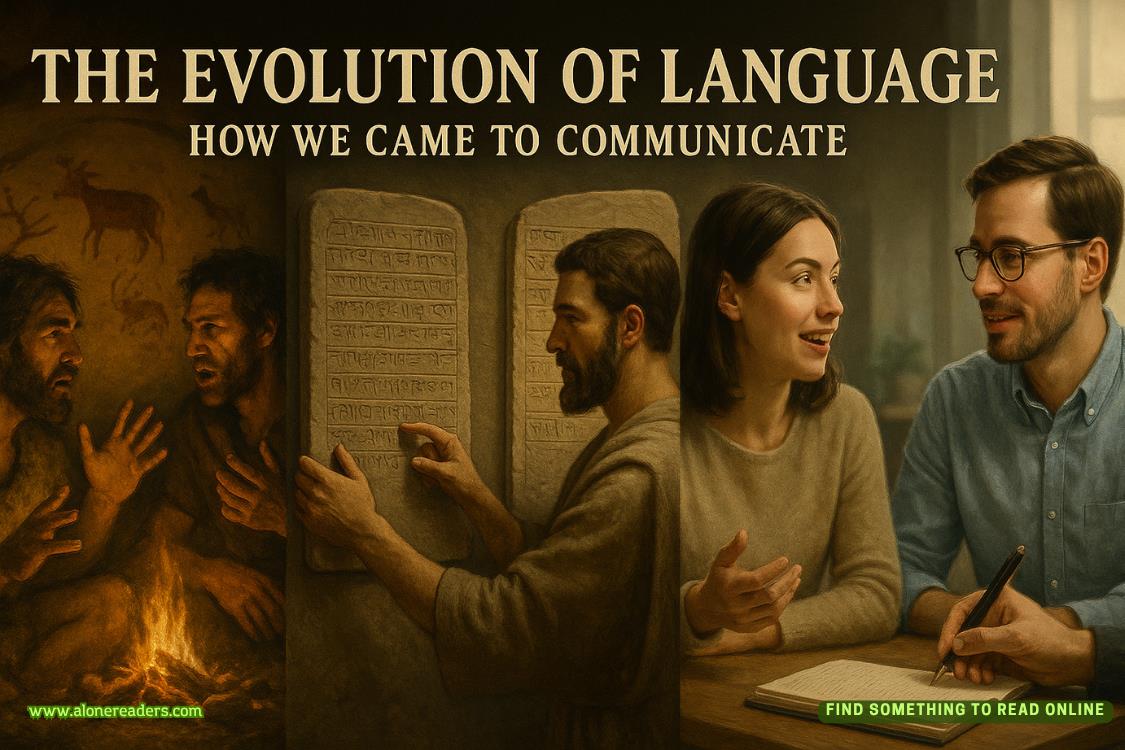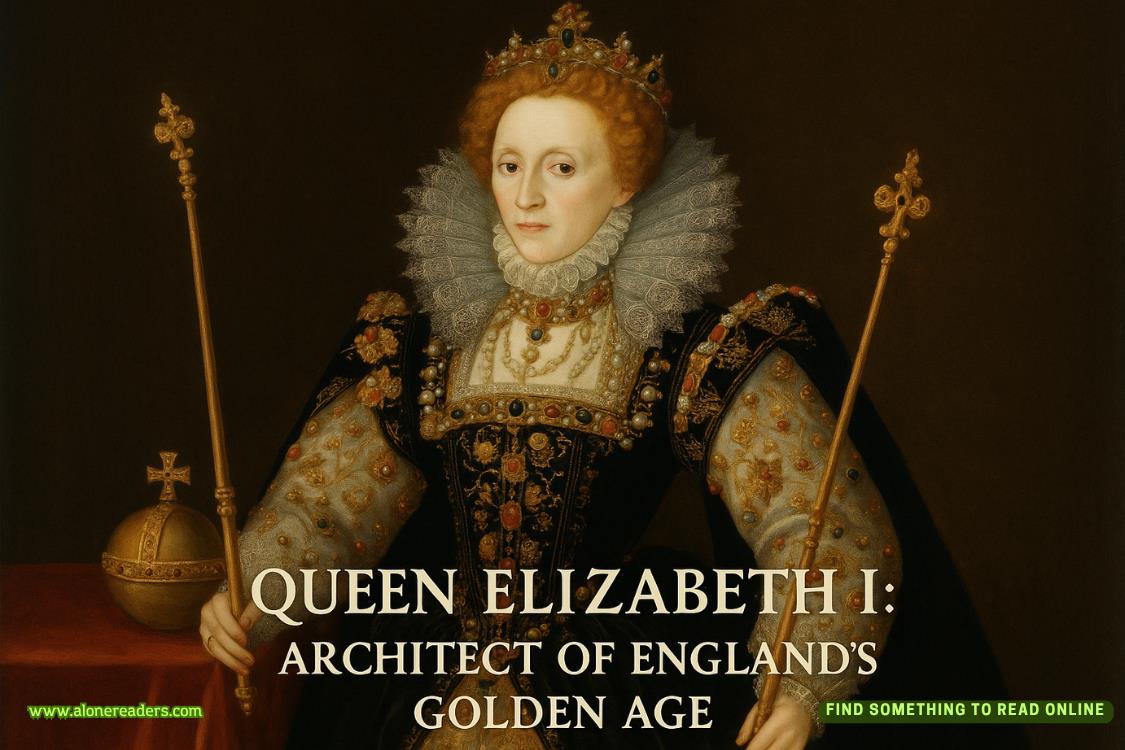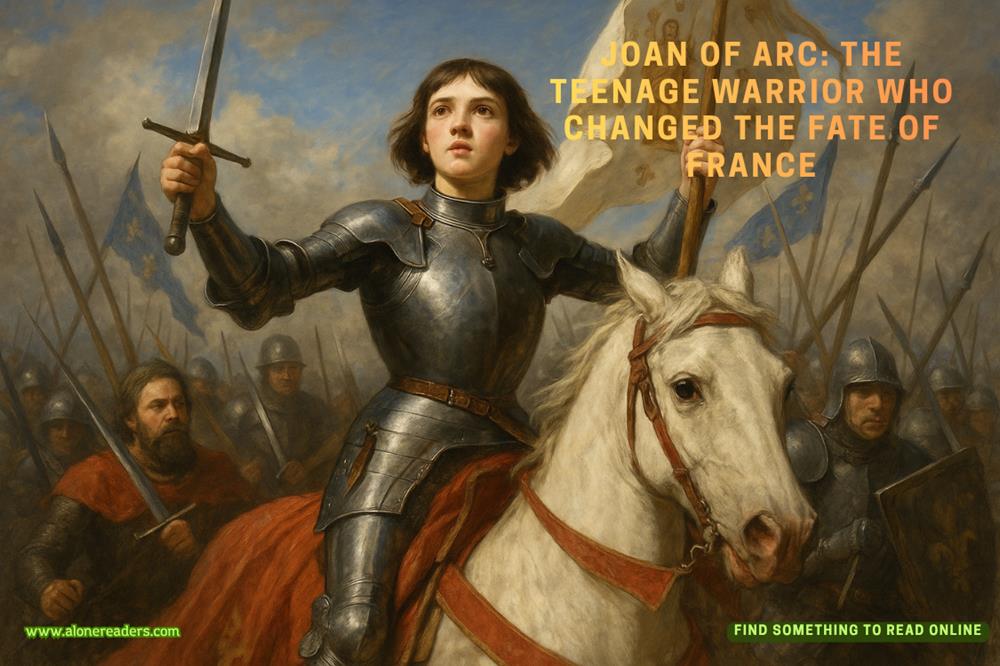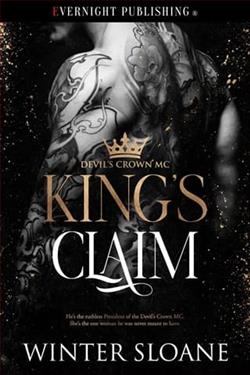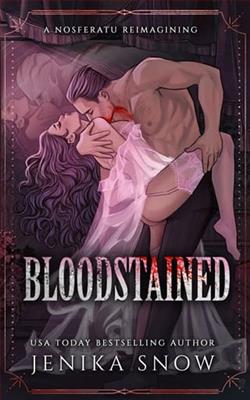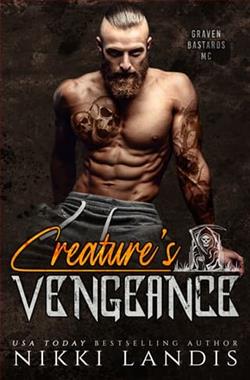Page 48 of Broken Secrets
I realize I’ve been crouched by the tide pool for over an hour without thinking once about my phone, about Emma’s silence, or about any of the complications waiting for me back home. The simple act of paying attention to something outside myself has been the most effective distraction I’ve found yet.
“This is actually really cool,” Derek says, carefully photographing a cluster of barnacles with his disposable camera. “I mean, I knew the ocean had stuff in it, but I never really looked at it before.”
“I know what you mean. It’s like discovering a secret world that’s been here all along.”
“Makes you wonder what else we’re not seeing because we’re too busy looking at screens all the time.”
The observation hits closer to home than he probably intended. How much of my own life have I missed while staring at my phone, waiting for messages that may never come?
“All right, future ichthyologists, back to base camp!” Dr. Cole’s voice carries across the rocky shelf. “Time to get you properly equipped for tomorrow’s underwater adventures.”
We pack up our notebooks and identification charts, careful not to disturb the tide pool ecosystems we’ve been studying. Thehike back up the hill feels easier now, fueled by the excitement of discovery and the anticipation of tomorrow’s snorkeling expedition.
Back at the research station, we gather in the main building for lunch—sandwiches, fruit, and chips spread across the long tables. Derek and I claim seats by the windows overlooking the cove, our field notebooks still open between us as we compare observations from the tide pools.
“So according to my highly scientific notes,” Derek says, holding up his notebook with sketches that look more like abstract art than marine life, “we discovered either a sea anemone or a very colorful hamburger.”
I lean over to look at his drawing, which is indeed unidentifiable. “That’s definitely a hamburger. See the sesame seed tentacles?”
“I prefer to think of it as artistic interpretation. You know, capturing the essence of the creature rather than getting bogged down in details like ‘anatomical accuracy.’”
“Right. Very avant-garde marine biology.” I show him my own sketch of the sea star, which is more detailed but still far from perfect. “Though I’m not sure my purple sea star looks much better. It looks like it got into a fight with a starfish-shaped cookie cutter.”
Derek studies my drawing seriously. “No, I think you captured its personality. This sea star clearly has trust issues and questionable life choices.”
“How can you tell?”
“The way you drew the arms. They’re all defensive, like it’s protecting its snacks from other tide pool residents.”
“You’re reading way too much into my terrible artistic skills.”
“Or maybe I’m reading just the right amount. This sea star has depth, Olivia. Complexity. It’s not just any echinoderm; it’s a sea star with a story.”
I can’t help laughing. “Should I put that in my field notes? ‘Subject displays complex emotional range and possible abandonment issues?’”
“Dr. Cole would love that. ‘Behavioral observations: sea star appears neurotic, may benefit from therapy.’”
“Therapy with who? A counselor crab?”
“Obviously. ‘Tell me about your relationship with your mother kelp.’”
We’re both laughing now, drawing looks from other students who probably think we’ve inhaled too much salt air.
“I can’t believe you just made sea star psychology funny,” I say, wiping tears from my eyes.
“It’s a gift. Wait until you hear my theories about the emotional lives of hermit crabs. Very deep stuff.”
“Let me guess. They’re dealing with housing insecurity and identity issues?”
“Exactly! ‘Who am I without my shell? Am I defined by my protective exterior?’ It’s very philosophical.”
Maya, sitting across from us, raises an eyebrow. “Are you two seriously psychoanalyzing marine life?”
“It’s called advanced behavioral observation,” Derek says with mock seriousness. “Very cutting-edge stuff.”
“Right. And I suppose the barnacles have commitment issues?”
Derek considers this. “Actually, barnacles are permanently attached to their rocks, so they’re probably the most stable relationships in the tide pool. The hermit crabs could learn from them.”


